Selecting the optimal cutting tool for a machining job is a critical decision in any manufacturing operation. The right tool can boost productivity, improve quality, and reduce costs – while the wrong choice may lead to poor finishes, excessive tool wear, or costly downtime. This guide breaks down key factors you should consider when choosing cutting tools, using technical insights that are practical and easy to understand for employees across different manufacturing sectors.
1. Understand Your Workpiece Material
The material you are machining heavily influences the tool you should use. Different materials behave differently under machining conditions, so matching the tool to the workpiece is essential.
- Hard or heat-resistant materials (like hardened steels, Inconel): Require very hard, heat-resistant tools such as carbide, ceramic, or CBN. These tools maintain sharpness under high temperatures and loads.
- Soft or ductile materials (like aluminum or copper): Need sharp-edged tools with high rake angles to prevent material from sticking. Tools with fewer flutes and polished surfaces improve chip evacuation and reduce built-up edge.
- Abrasive materials (like cast iron or composites): Demand wear-resistant tools. Carbide with hard coatings, or polycrystalline diamond (PCD) tools, are ideal.
- Tough or work-hardening materials (like stainless steel, titanium): Require strong, rigid tools with heat-resistant coatings. Carbide tools with AlTiN coatings are often used.
Choosing a tool based on the material’s hardness, abrasiveness, and heat sensitivity ensures longer tool life and better machining results.
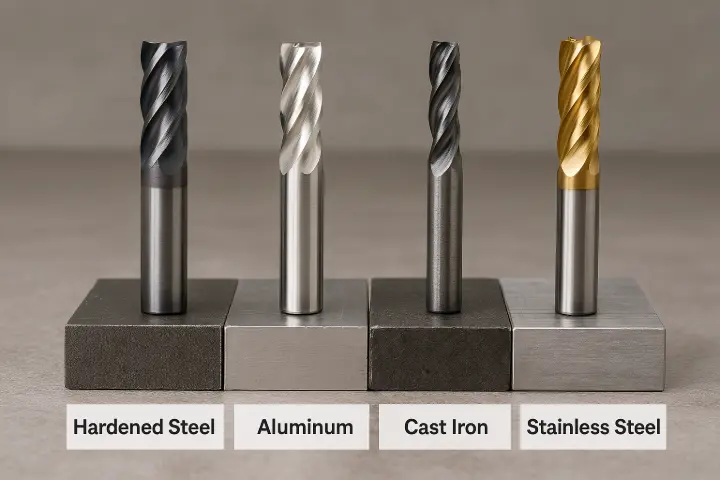
2. Optimize Tool Geometry
Tool geometry affects chip formation, cutting forces, and surface finish. Two critical aspects are:
Helix Angle
- High helix angle (45° or more): Produces smoother cuts and better chip evacuation. Ideal for soft, gummy materials like aluminum.
- Low helix angle (30° or less): Provides stronger cutting edges for hard materials and roughing operations but with less efficient chip evacuation.
Flute Count
- Fewer flutes (2–3): Better for softer materials due to improved chip clearance.
- More flutes (4–6+): Ideal for harder materials and finishing operations where surface quality is critical.
Matching helix angle and flute count to the application helps reduce tool wear and improve finish quality.
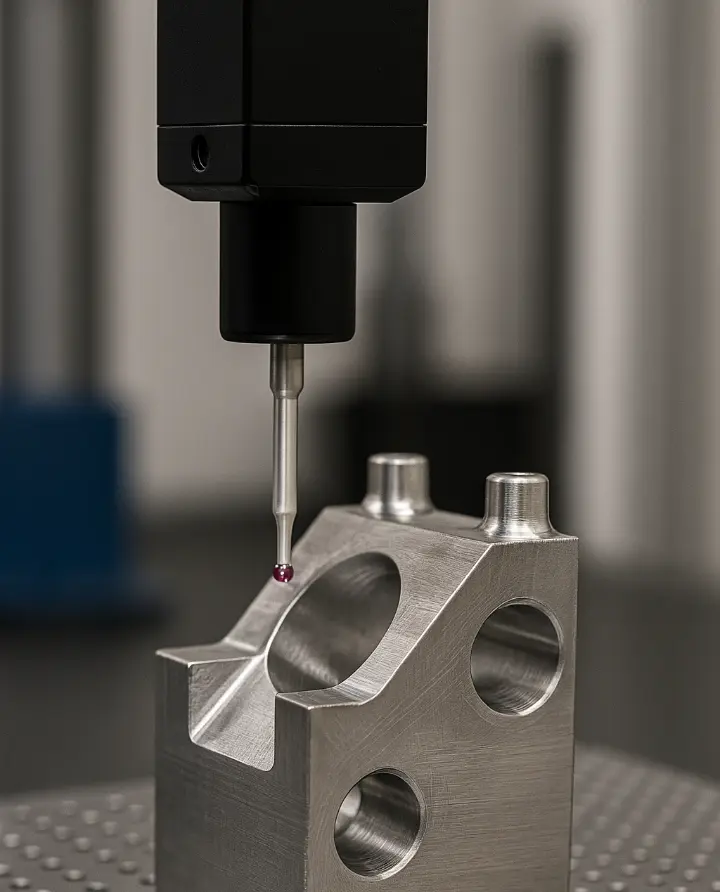
3. Select the Right Tool Material
Cutting tools are made from different materials depending on their intended use:
- High-speed steel (HSS): Tough and affordable, good for general use and lower-speed applications.
- Carbide: The industry standard for high-performance machining. Offers excellent heat resistance and rigidity, enabling faster cutting speeds.
- Ceramics and CBN: Used in high-speed and hard-turning applications. Excellent heat resistance but more brittle.
- PCD (polycrystalline diamond): Best for non-ferrous, abrasive materials. Extremely wear-resistant but not suitable for steels.
Always select a tool material that’s harder than your workpiece and appropriate for your cutting conditions.
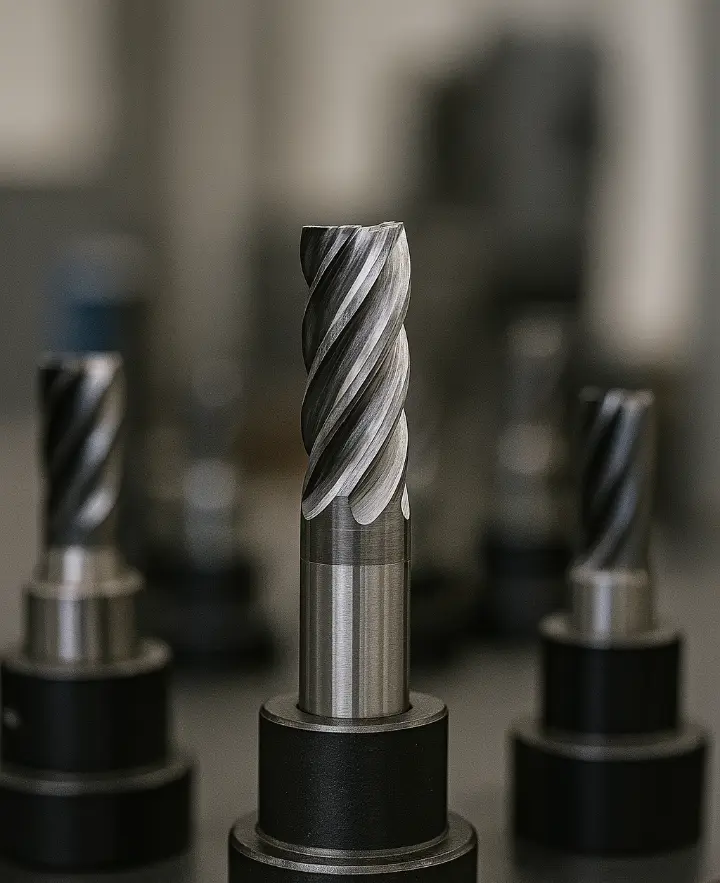
4. Choose the Proper Coating
Tool coatings significantly improve performance by reducing friction, increasing heat resistance, and extending tool life.
- TiN (Titanium Nitride): General-purpose coating that improves wear resistance.
- TiCN (Titanium Carbo-Nitride): Harder and slicker than TiN; good for aluminum and stainless steel.
- AlTiN / TiAlN: Excellent for high-temperature applications like machining hardened steel or titanium.
- ZrN / DLC: Great for aluminum and non-ferrous materials; prevents built-up edge.
- Diamond coatings: Ideal for composites and abrasives, but avoid using them on ferrous materials.
Choosing the right coating helps prevent premature tool wear, improves chip flow, and increases cutting speed potential.
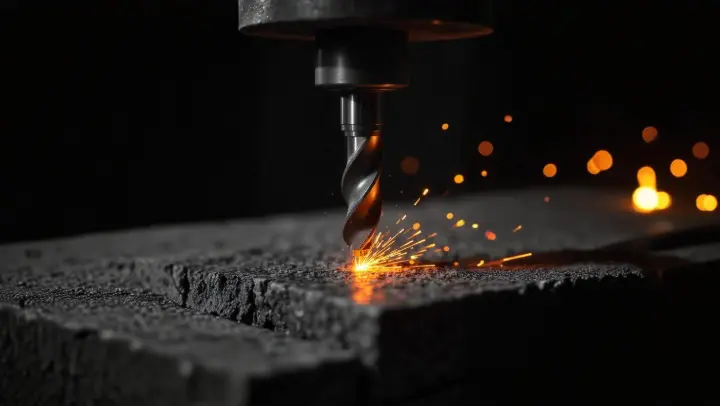
5. Balance Cost with Performance
Don’t choose tools based only on their price. Consider the total cost of ownership, including:
- Tool life: A more expensive tool that lasts longer and performs better can lower cost per part.
- Cycle time: A premium tool can cut faster, reducing overall machining time.
- Part quality: Higher-quality tools produce better finishes and more consistent results, reducing scrap and rework.
Look at the big picture – the right tool can improve your bottom line more than a cheaper alternative.
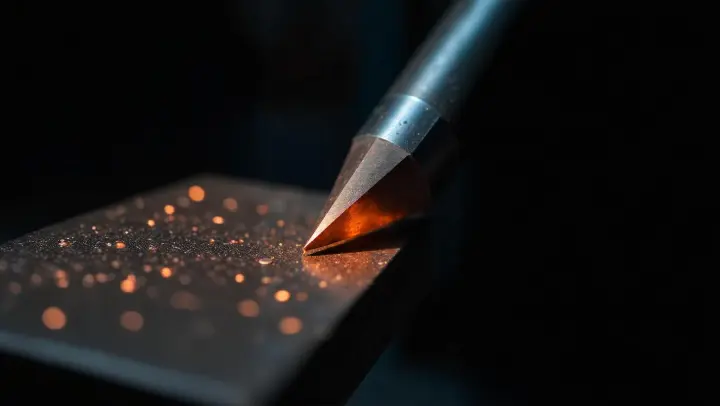
6. Monitor Key Performance Indicators (KPIs)
Once a tool is in use, track these KPIs to assess its effectiveness:
- Surface finish: Indicates cut quality and tool sharpness.
- Tool life: Helps determine when to replace tools and assess cost-effectiveness.
- Cycle time: Shorter cycle times boost productivity and reduce per-part cost.
Use this data to refine your tool selection process and continuously improve machining efficiency.
Partner with Brexia for Cutting Tool Solutions
At Brexia, we understand the importance of using the right cutting tools in your machining operations. That’s why we’re proud to be an authorized distributor of M.A. Ford, a trusted brand known for precision-engineered, high-performance cutting tools. Whether you need end mills, drills, or custom solutions, our team can help you find the best tooling for your specific application. Contact us today to optimize your tooling strategy and increase your production performance with Brexia and M.A. Ford.